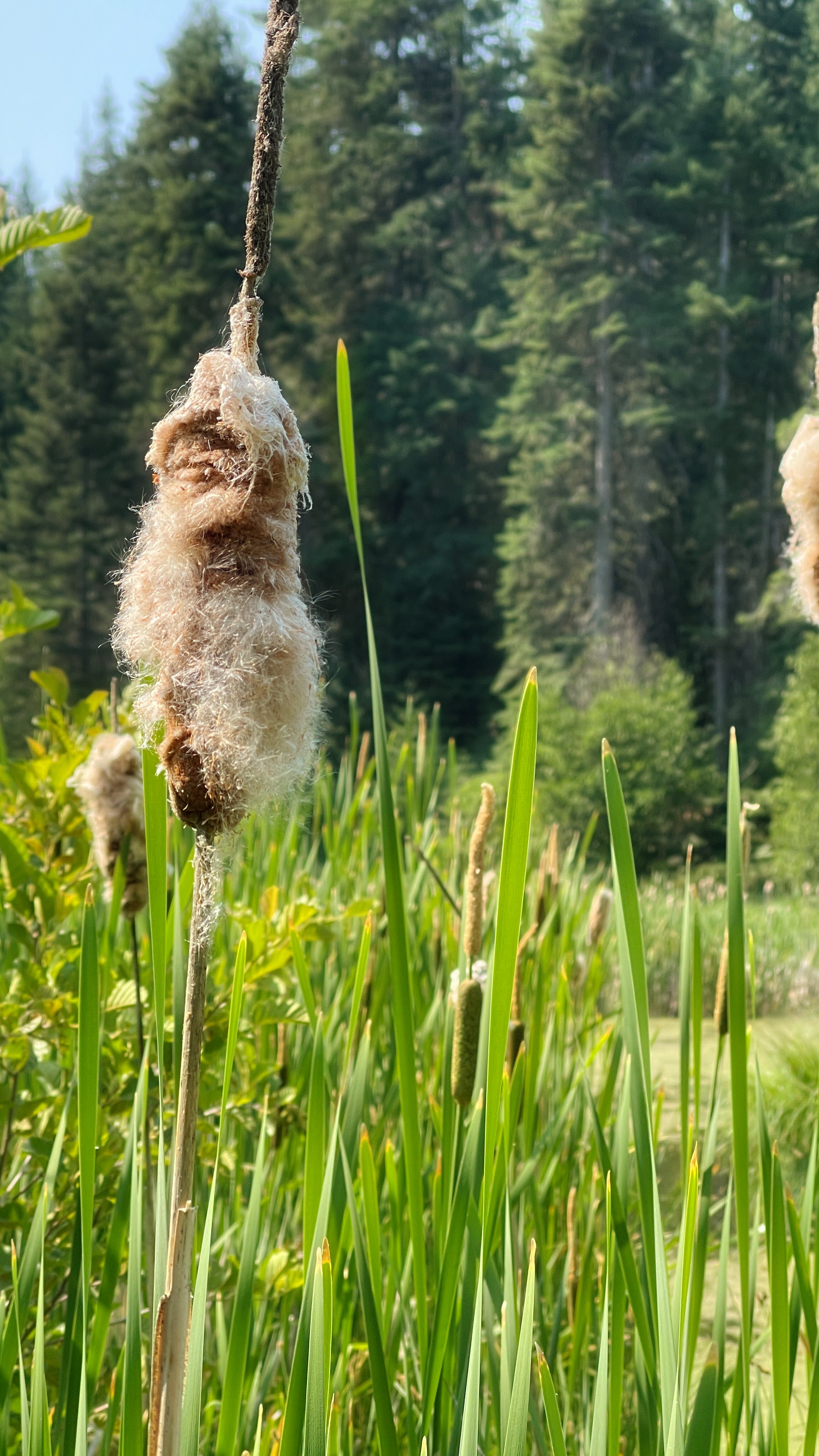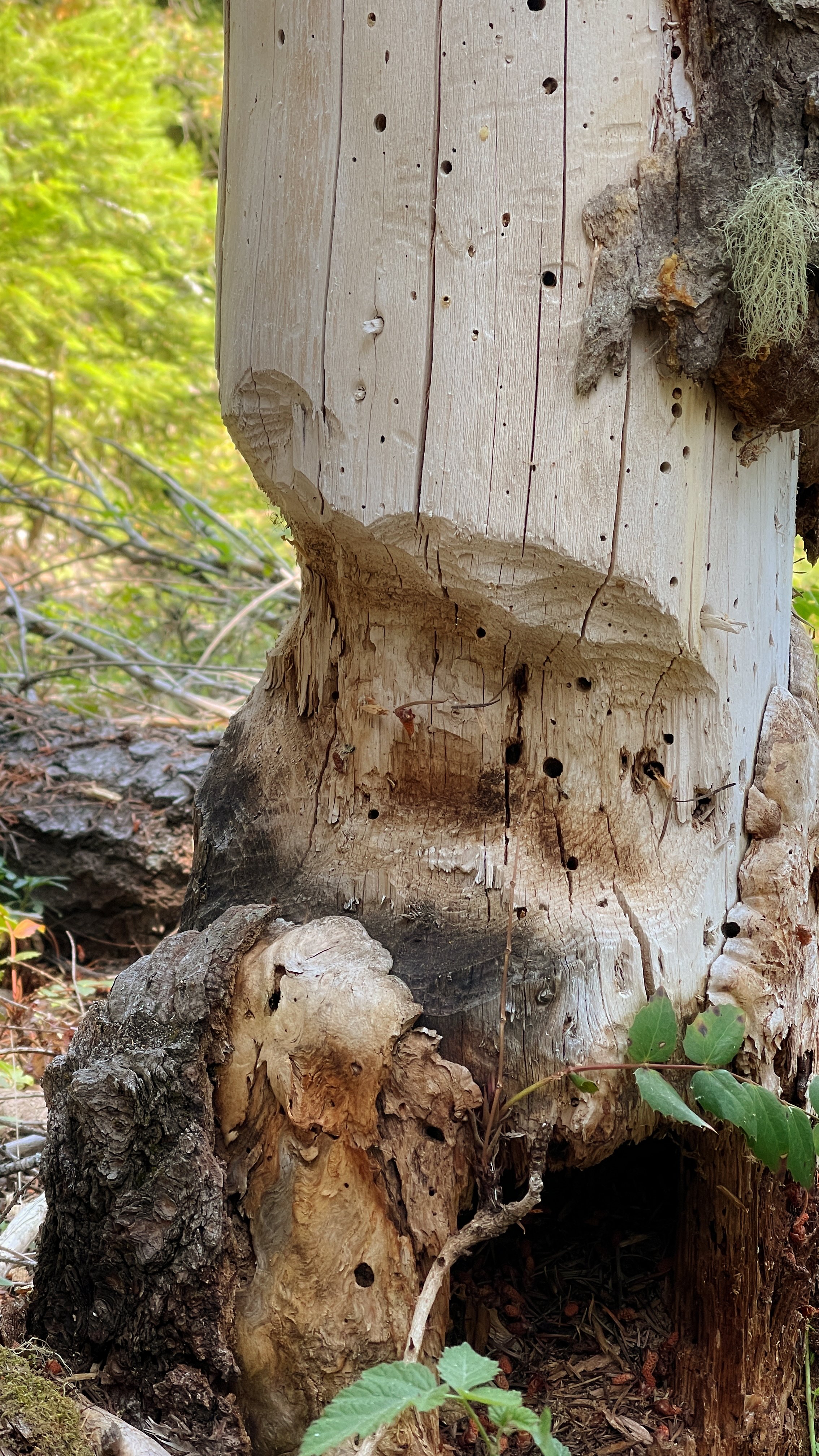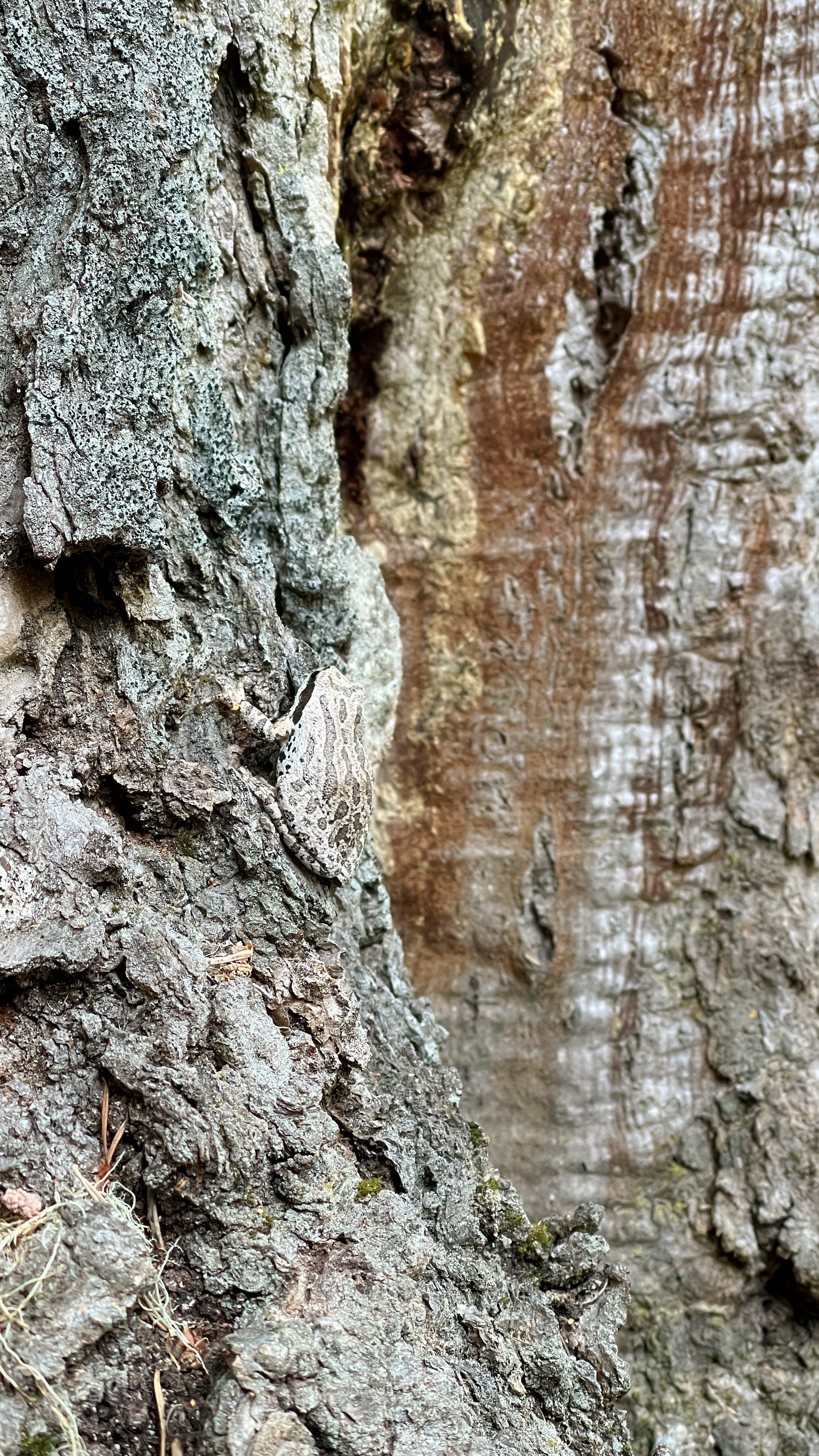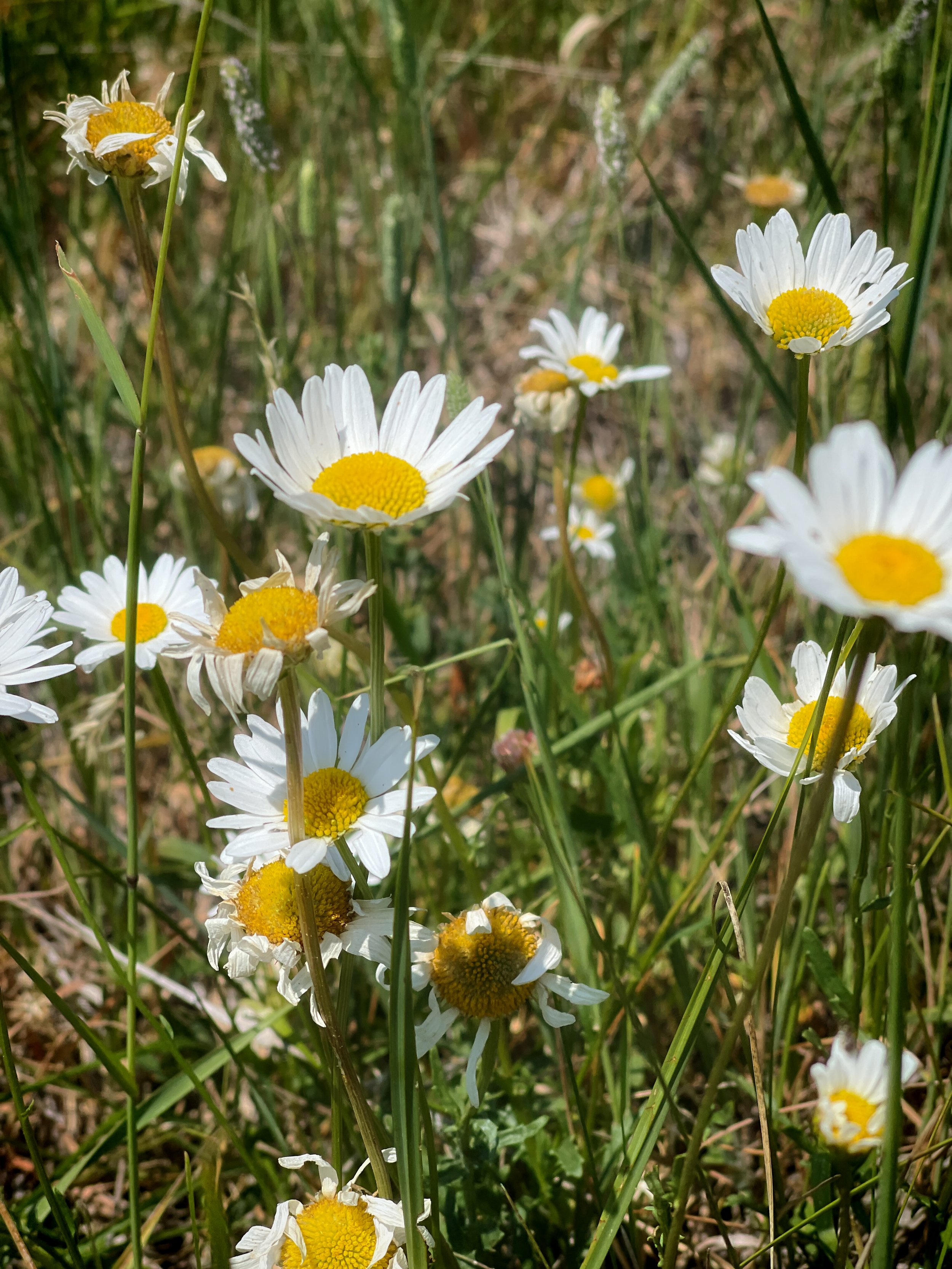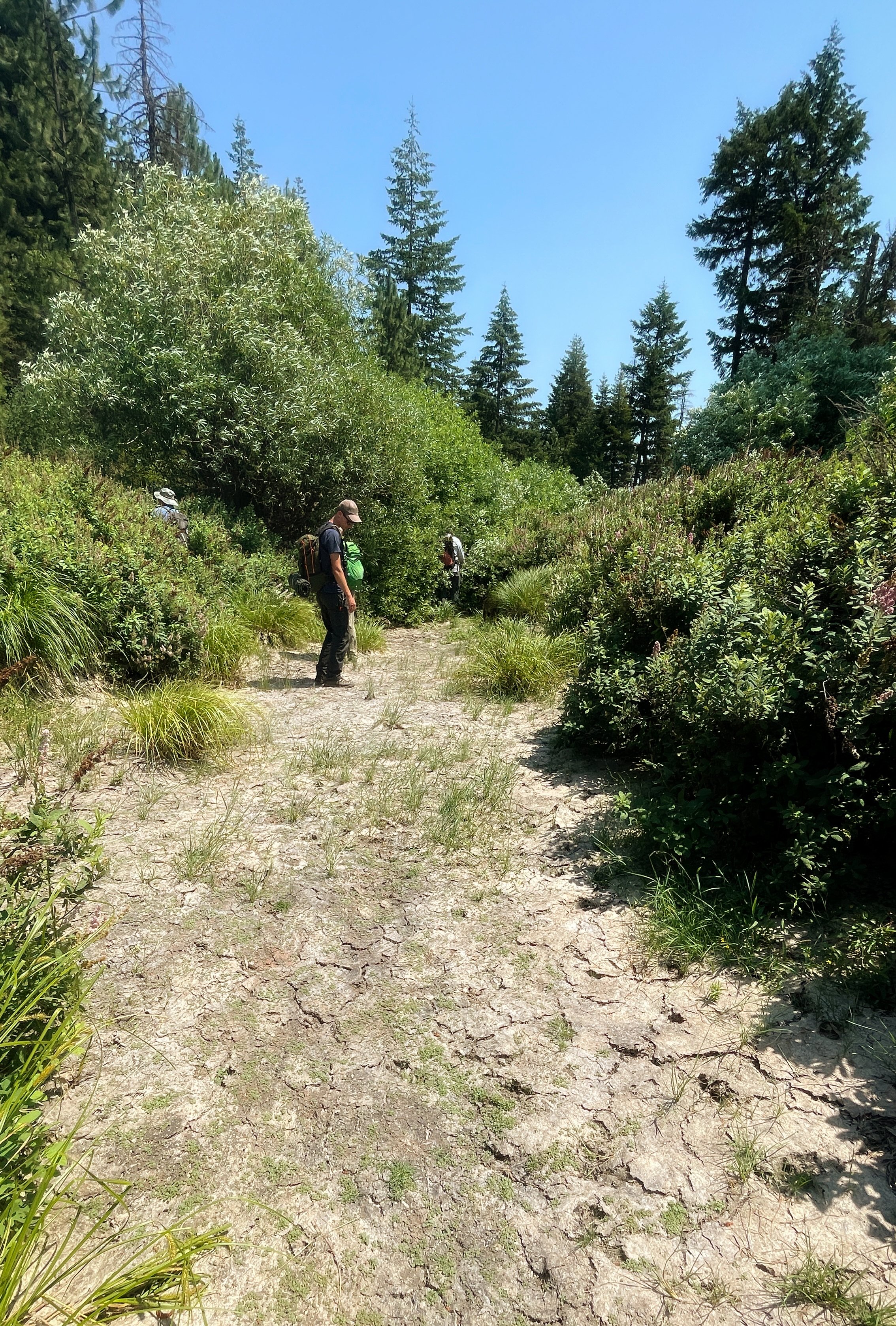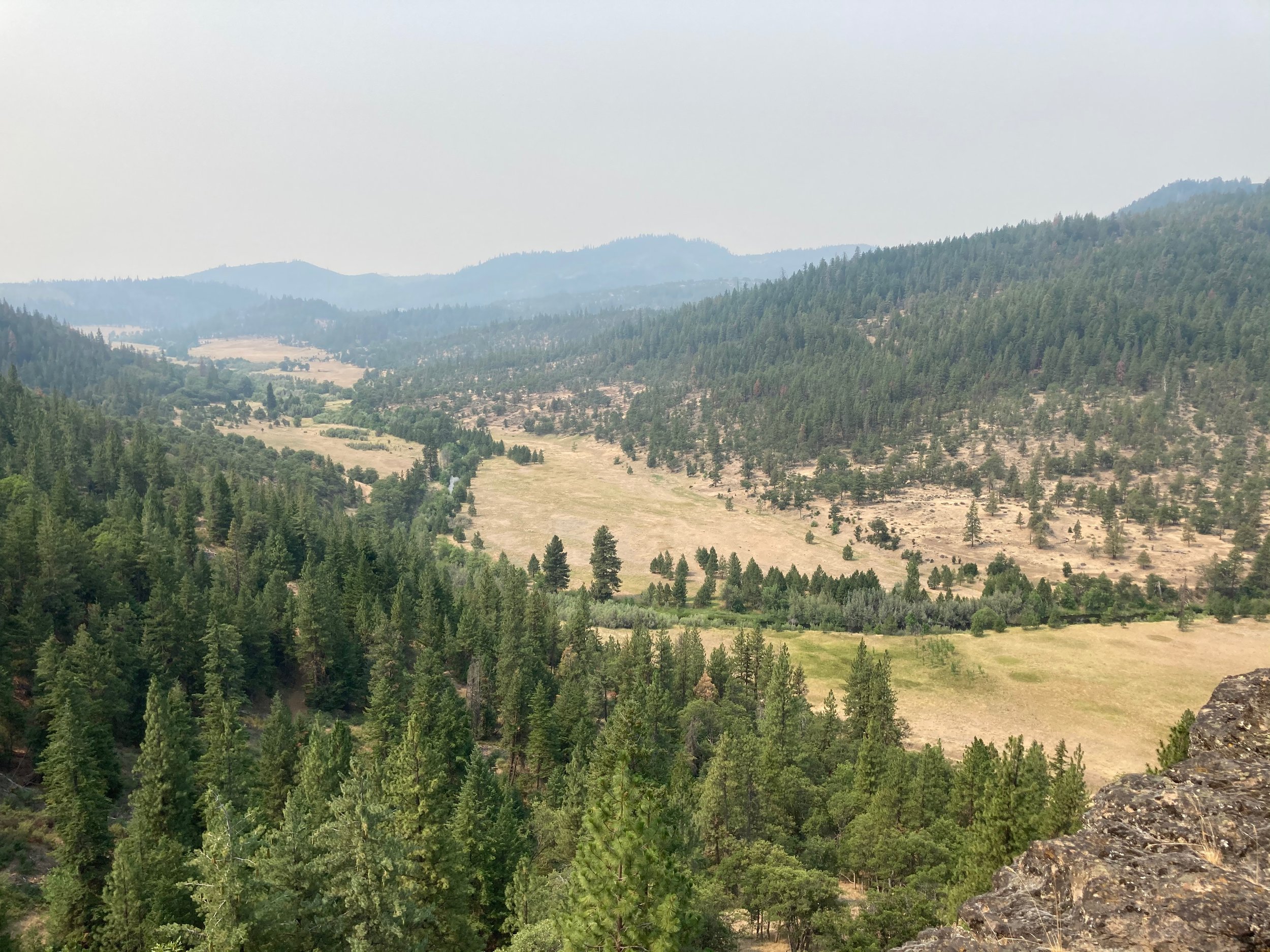
Public lands and beaver plans
In collaboration with staff from the Bureau of Land Management and the US Forest Service, we will be producing two “how-to” planning documents to map out the steps required to create resiliency in aquatic habitat through partnering with beavers. The Cascade-Siskiyou National Monument (CSNM) and Rogue River Siskiyou National Forest (RRSNF) share a boundary along the conjunction of three geologically distinct mountain ranges – the Cascade, Klamath, and Siskiyou – spanning the Oregon-California border. For this they boast a remarkably varied landscape and tremendous biological diversity, even as they have suffered human-induced degradation from historic mining, logging, and overgrazing. These scars on the landscape are crying out for beaver-based restoration. Our management plans will provide an overview of beaver biology, explain the general strategic framework for how humans can uplift and expand beaver populations, and dive into the details of exactly which tools ought be employed in specific locales to achieve our goals.
The barren, cobbled bottom of a now-dry stream bed, July 2021
Cascade-Siskiyou National Monument
This monument was specifically set aside to protect and recover the area’s unique display of plant and animal species and varied ecosystems. The history of exploitation has left its mark, but we are hopeful that remaining pockets of biodiversity are sufficient to make recovery possible.
This planning project will emphasize two types of engagement with beaver: first, supporting existing populations that could use an assist, and second, encouraging the natural expansion of beaver populations into areas where we know they used to be, where their engineering skills could return perennial flow to the parched landscape, creating the vast wetlands that all of the other species depend upon.
In the first phase of this project, we used remote modeling and on-the-ground surveying to map areas with “high intrinsic potential habitat,” meaning, areas that fit the criteria to potentially host robust beaver populations, but for various reasons aren’t, due to things like habitat degradation, a lack of food, incised stream channels, or a lack of building materials to create the dams and lodges that protect them from predators. Those are what we call “limiting factors” in that they are preventing beaver from repopulating an area, even if dispersing juveniles waddle by and try. From those data, we can build out a restoration plan that engages and removes those limiting factors. We can set the stage for beaver by planting native riparian vegetation and by implementing low-tech, process-based stream restoration techniques such as Post Assisted Log Structures (PALS) and Beaver Dam Analogues (BDAs). If necessary, we may also translocate beavers from low in the valley to areas of the monument they may have a hard time finding on their own, as they’ve been absent so long, but it is preferred to let them explore and make their life as they best see fit.
Monument Site Assessment
In mid-July of 2021, amidst the heat and now all-too-common thick, smoky air of summer fire season, folks from Project Beaver toured key areas of the Cascade Siskiyou National Monument with biologist Michael Parker and Monument Ecologist Charlie Schelz. Our objective was to “ground truth” areas we’d identified as having high intrinsic potential for beaver habitat, and to put on our detective hats and hypothesize what limiting factors were preventing beaver from populating those areas. We camped alongside the painfully dry shores of Howard Prairie Lake, hiked miles stream channels and valley bottoms, and strategized over evening burritos and lime-basil gimlets, and came away with happily tired muscles and inspired ideas on how our management plan for the Monument could come together.
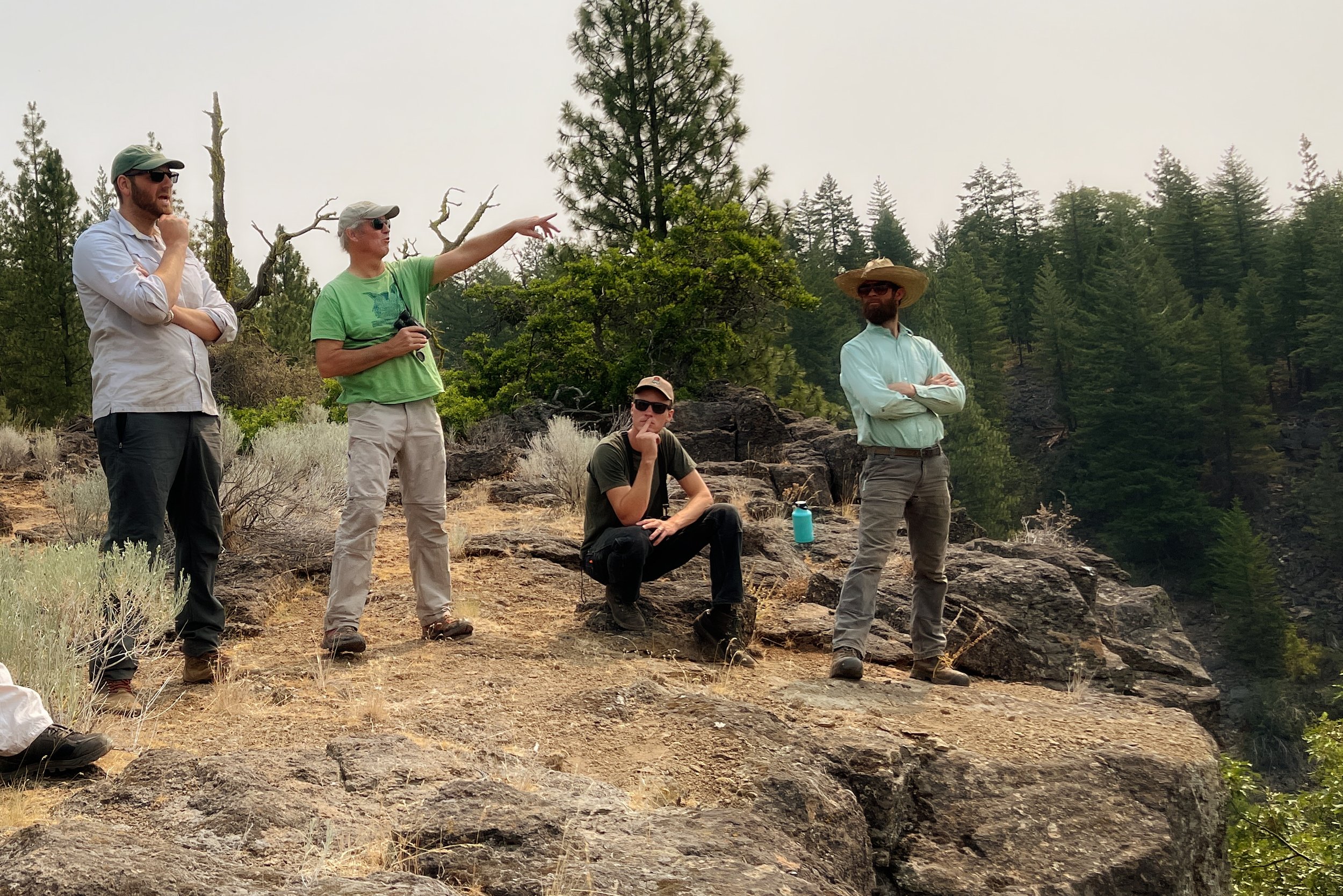
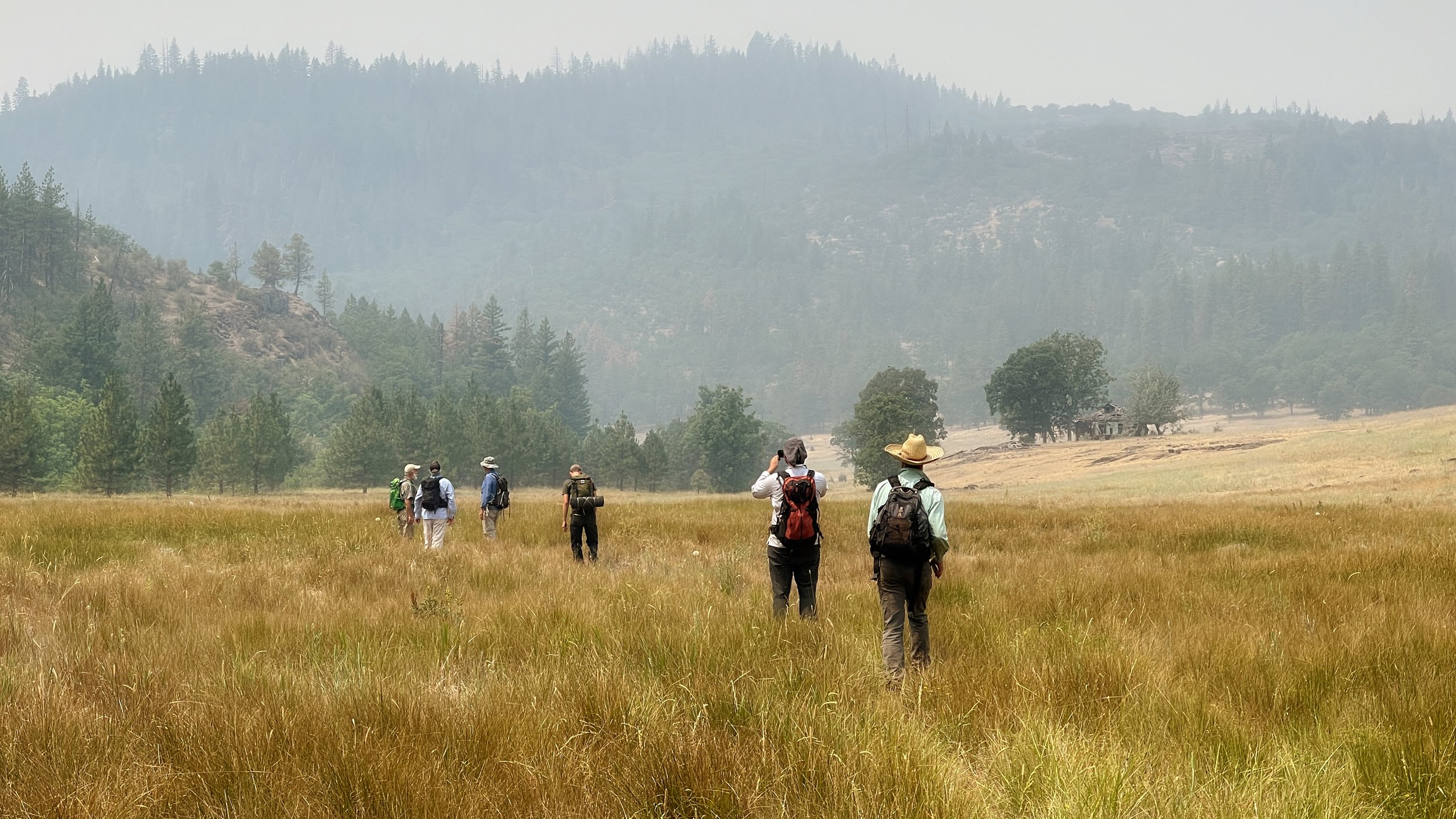
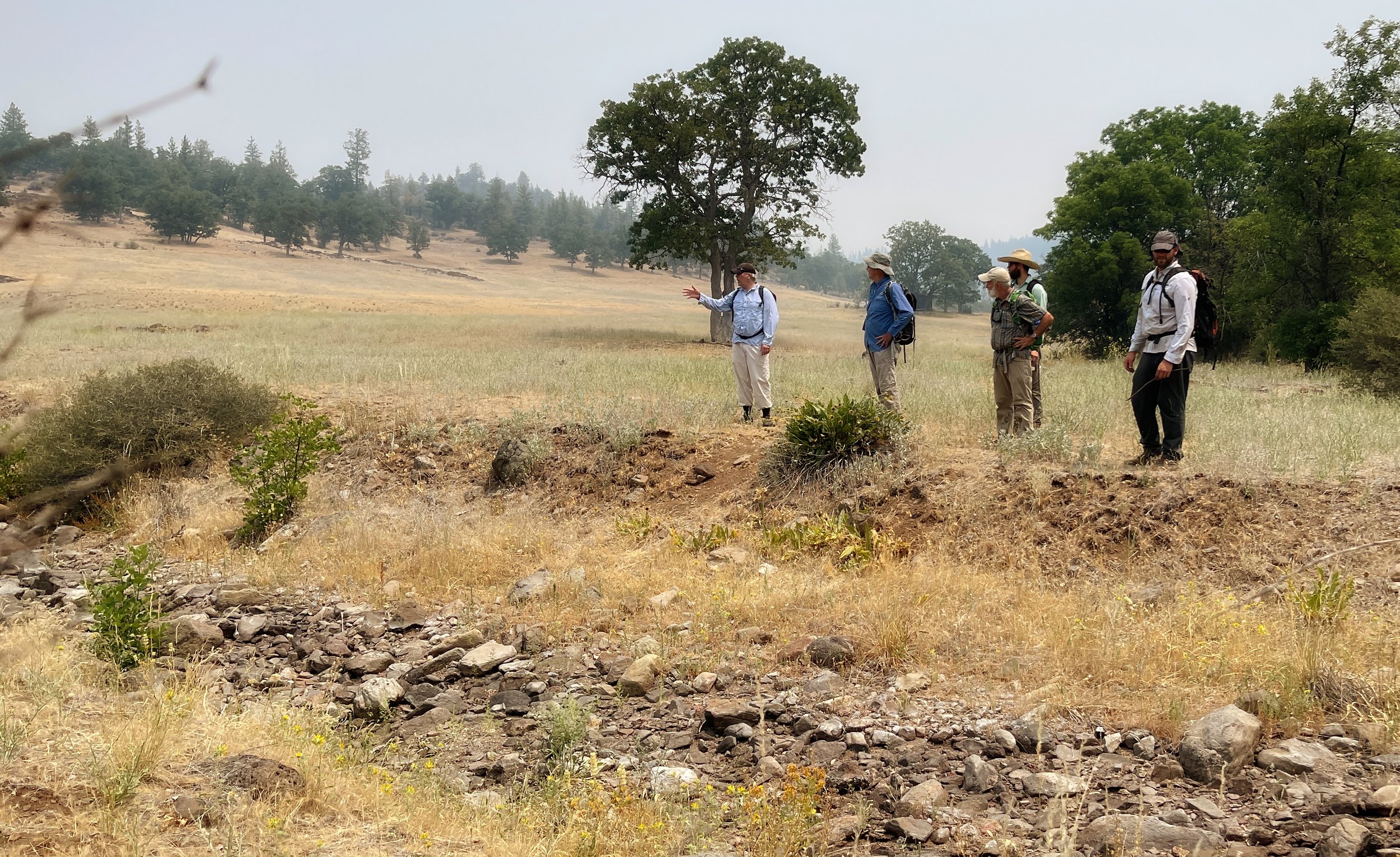
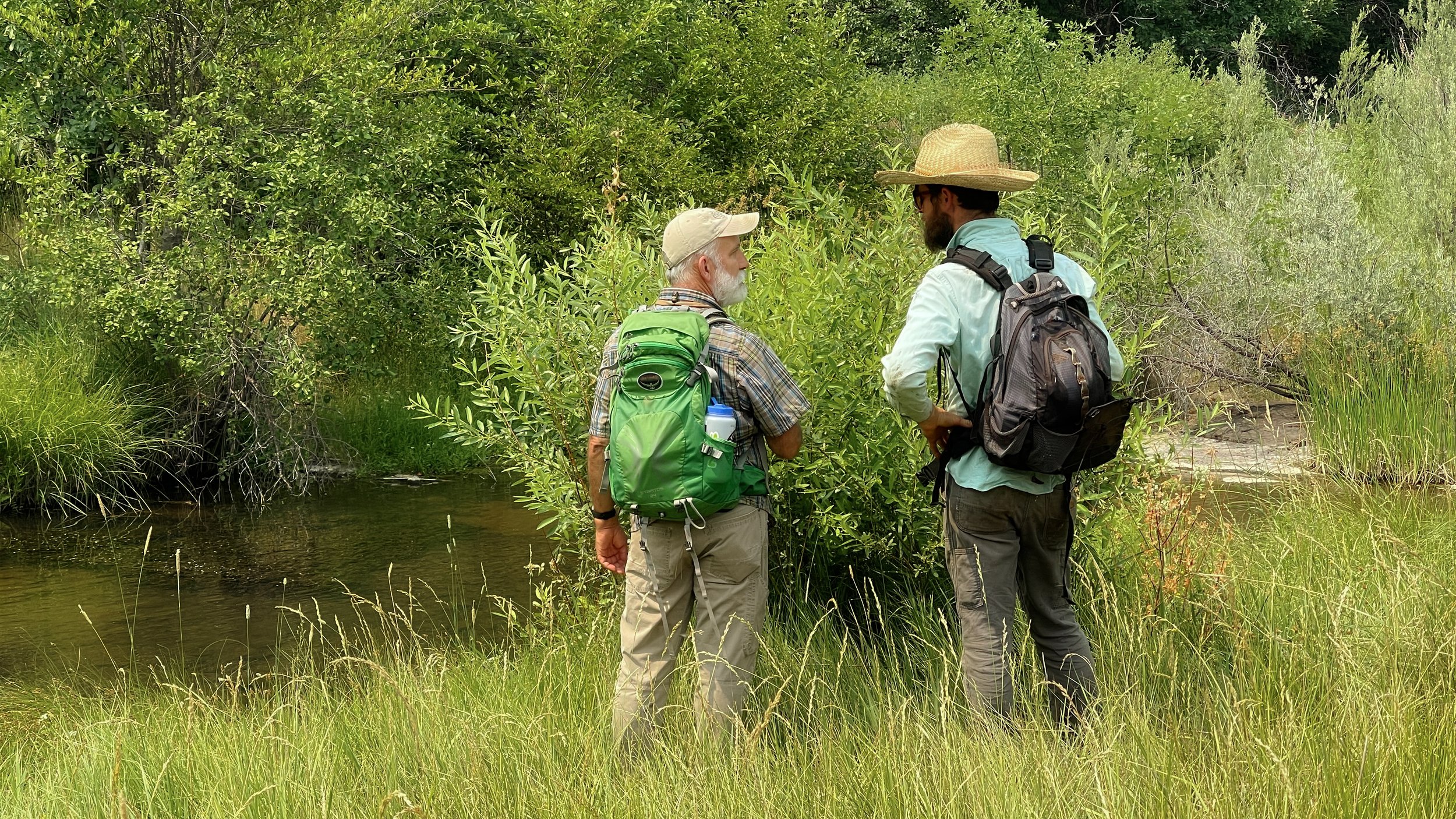
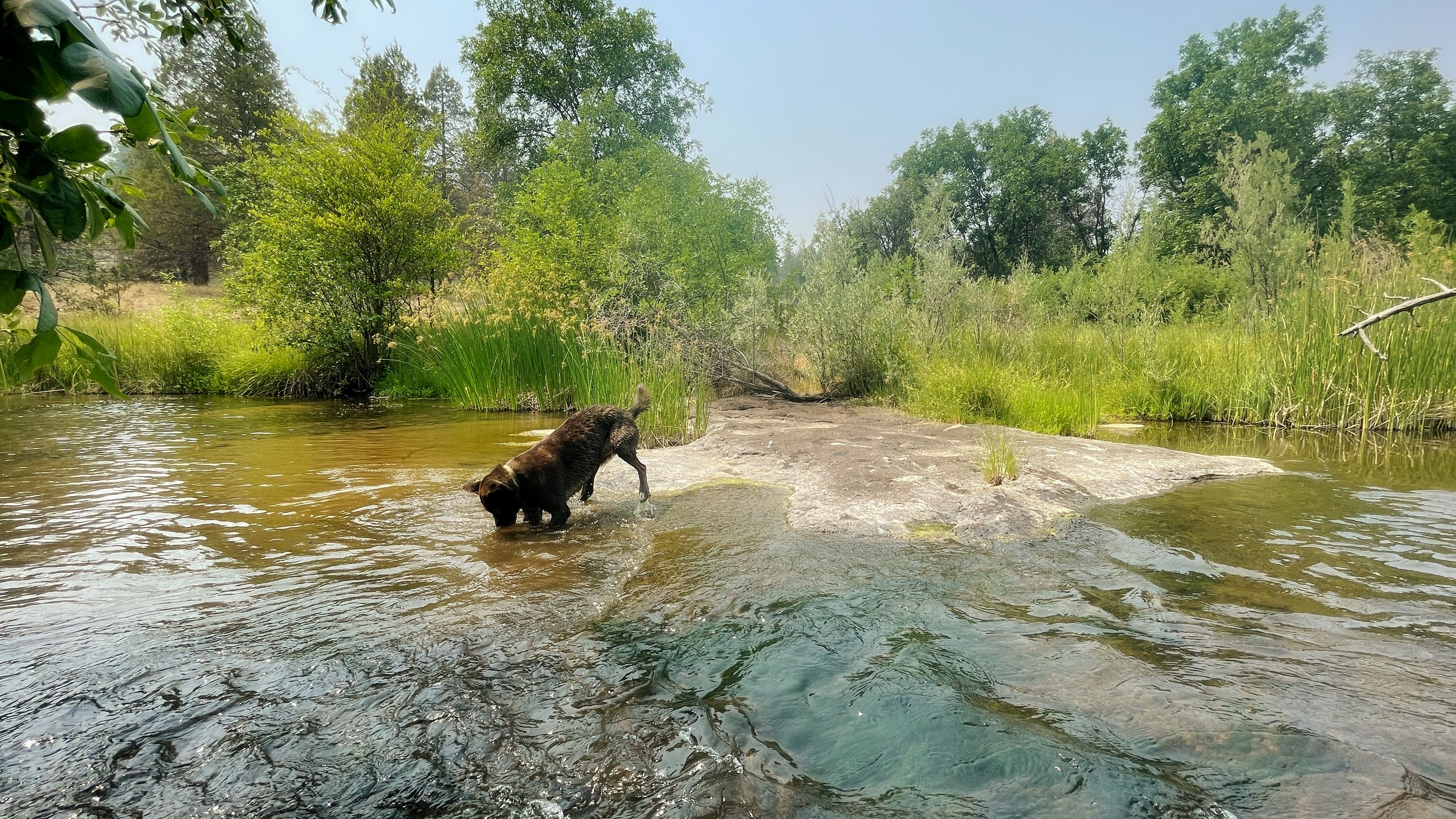
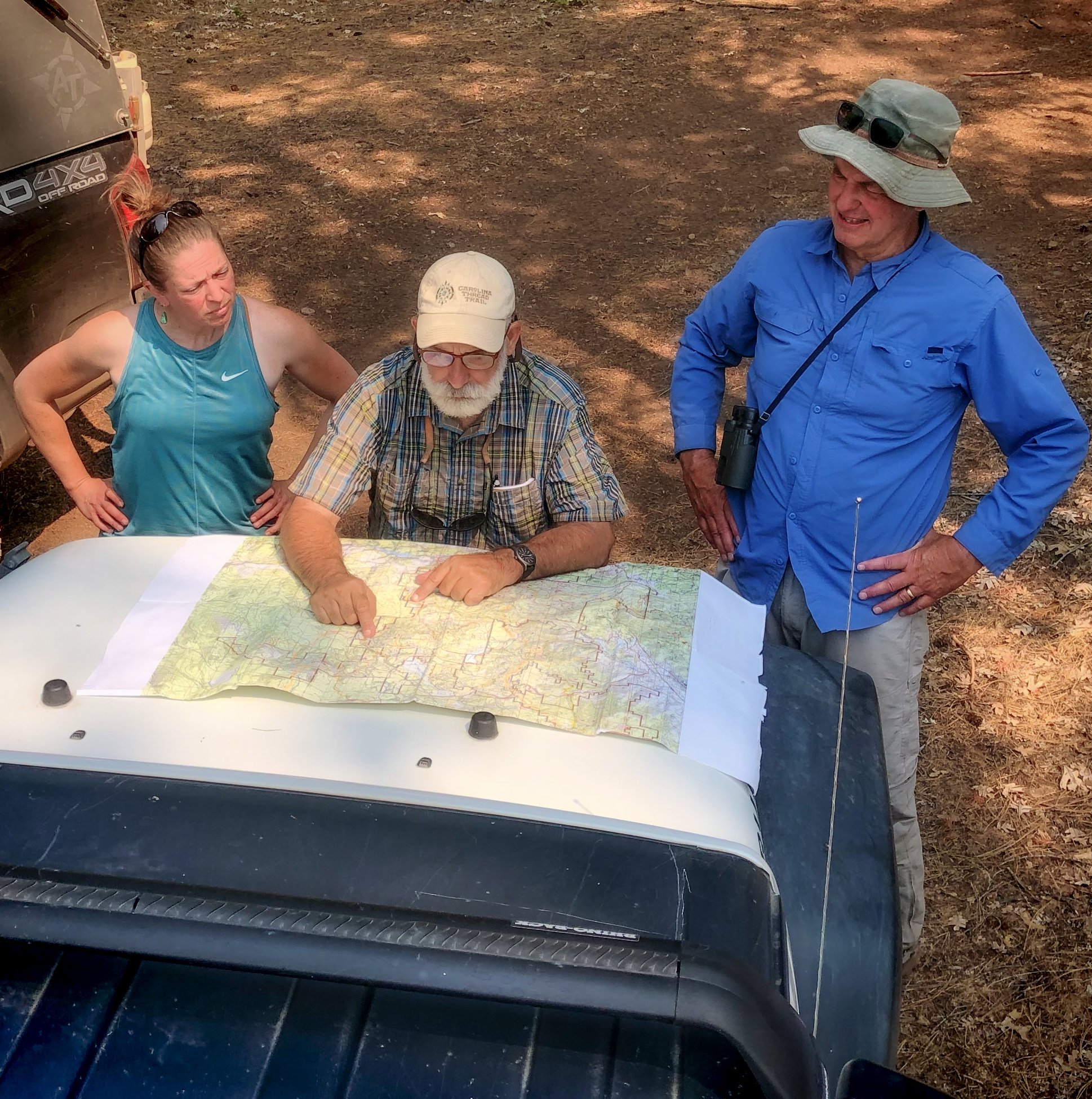
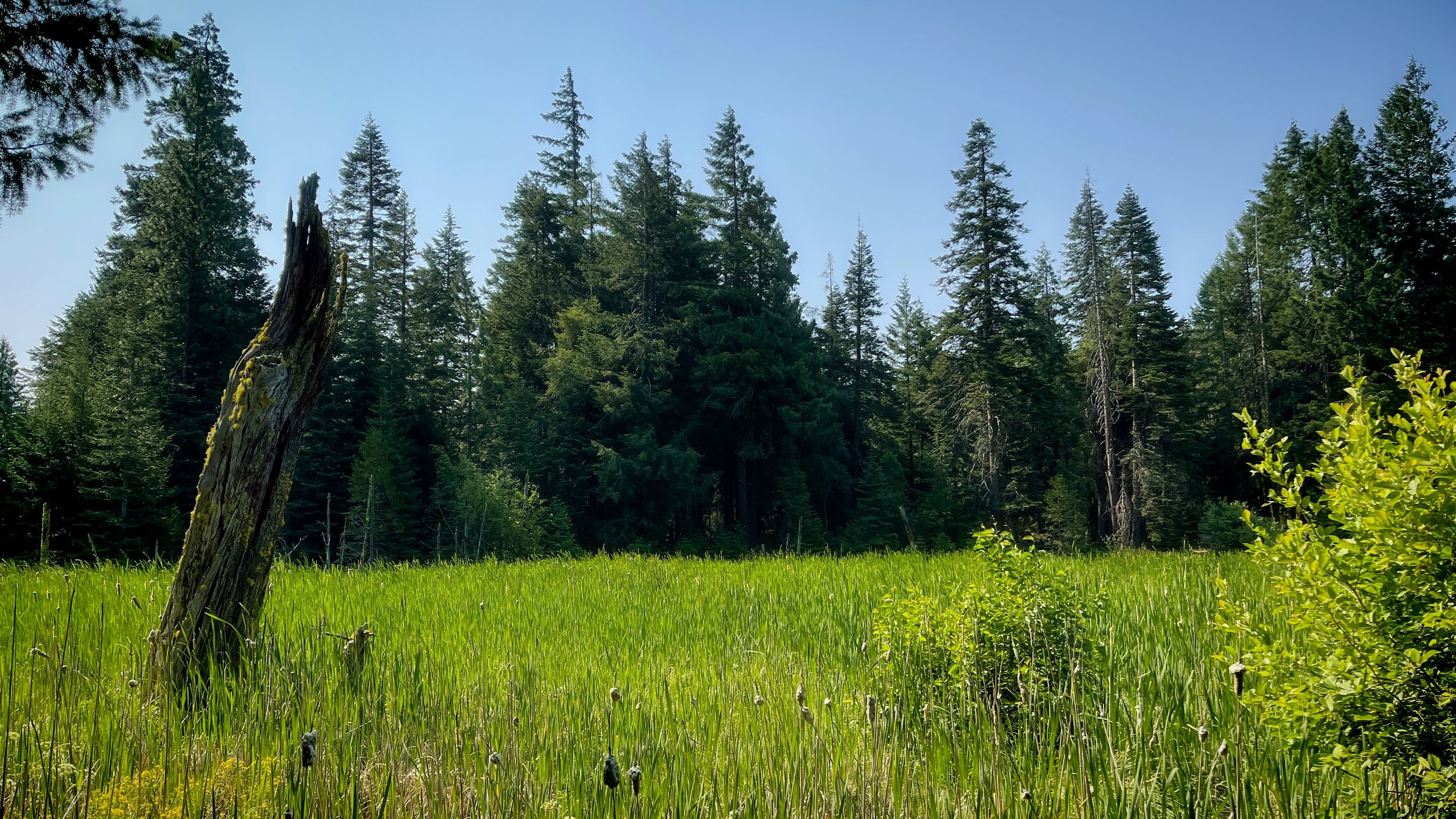
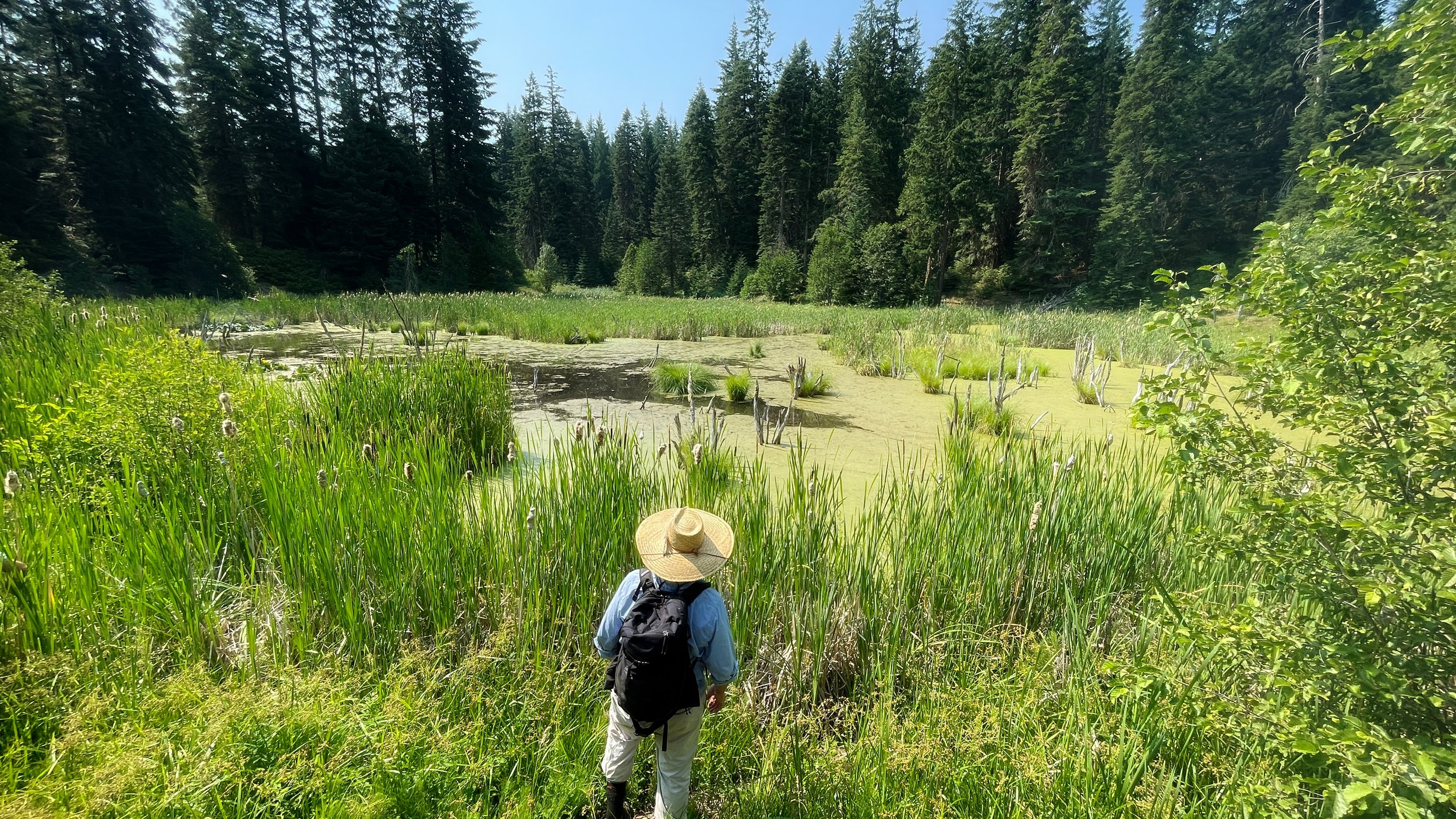

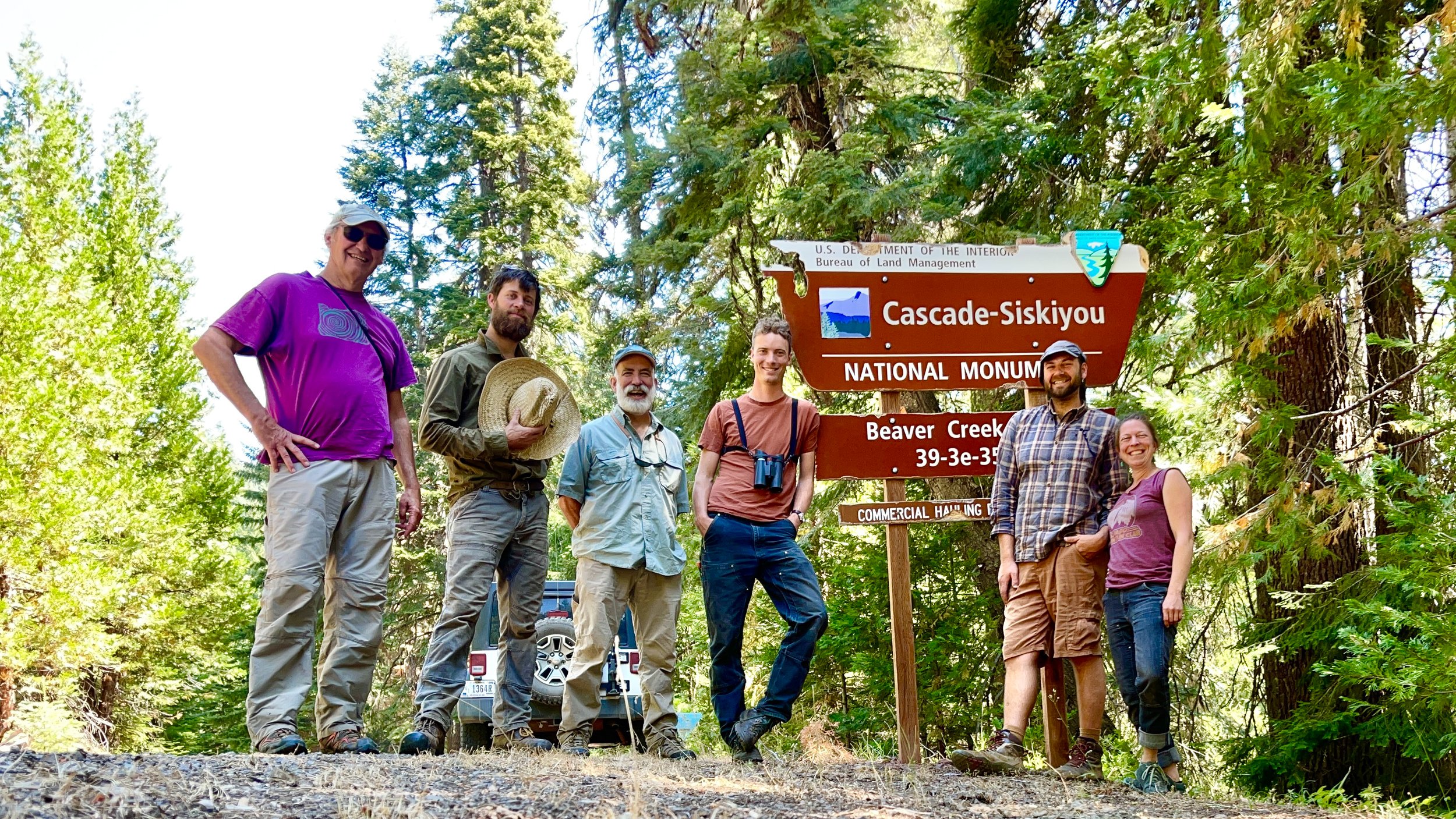
A beaver wetland peeks out of the trees in the Rogue River-Siskiyou National Forest
Rogue River Siskiyou National Forest
This forest stretches from the high Cascades near Crater Lake National Park all the way south through the unique Siskiyou mountain range and across the California border. Similar to the Cascade Siskiyou National Monument, this area is also revered for its incredible biodiversity, but parts of it are in rough shape due to human degradation. This project works to build ecological resiliency and restore natural processes in riparian and aquatic ecosystems in collaboration with beavers. Our 2020 and 2021 field surveys found stream systems on the Rogue River Siskiyou National Forest spanning across every state of health and decay, from vibrant beaver-managed wetlands with nesting sandhill cranes to areas with severe incision and habitat degradation.
This project will result in both a long-term plan for engaging with beaver-based restoration, coexistence solutions, and relocation in the Rogue River Siskiyou National Forest, as well as a series of site specific restoration plans for places like the Horse Creek Meadow Wildlife Area. This project leverages a 2019 project to model the Beaver Intrinsic Potential (BIP) habitat for beavers in the Rogue Basin through getting specific about sites—where and how to strategically conduct beaver-based restoration on these federally-managed public lands.






